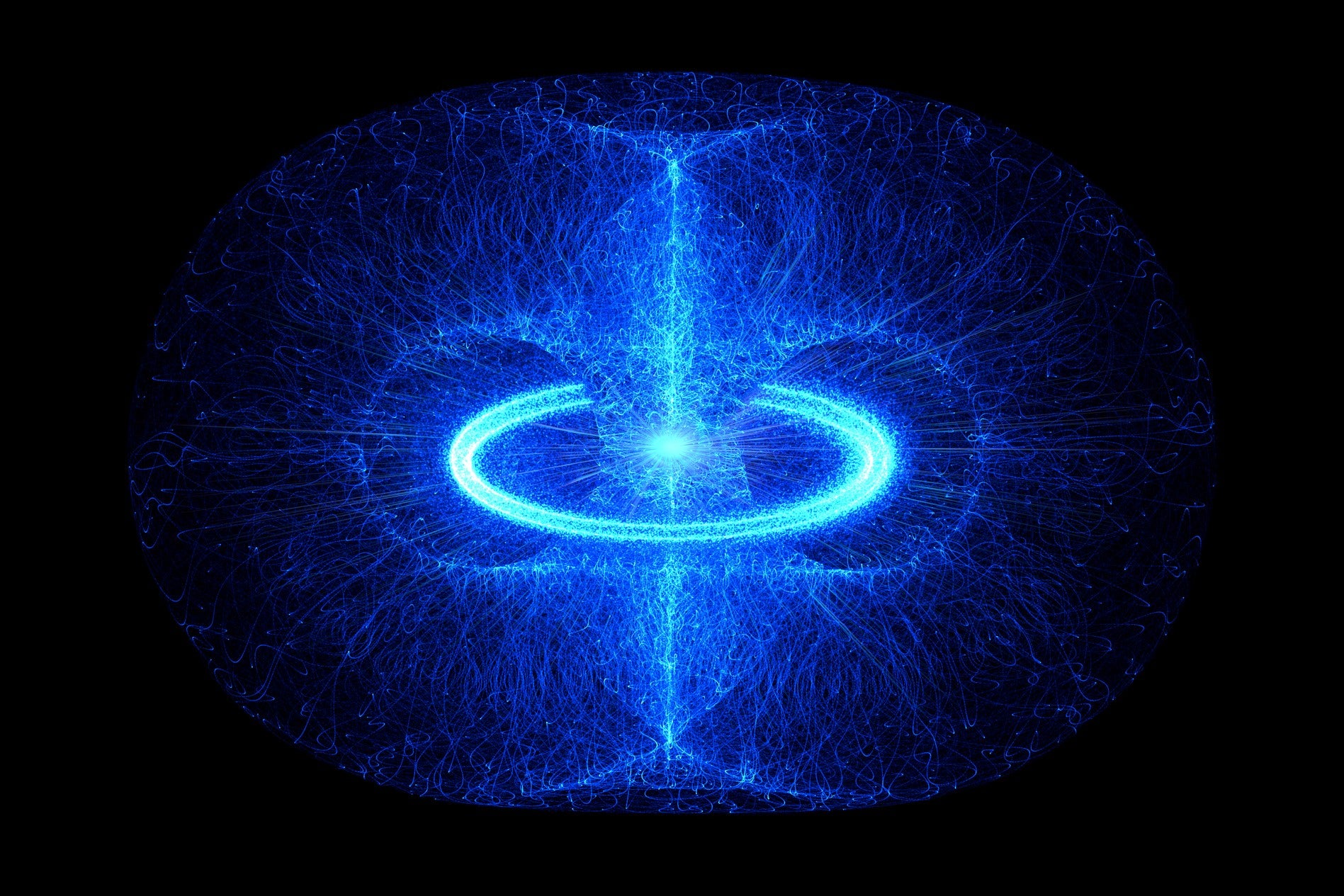Summary:
Helion Energy raises $425 million for the world's first nuclear fusion power plant.
Backed by Sam Altman, the startup aims to meet the energy demands of future AI technologies.
Nuclear fusion is seen as the holy grail of clean energy, providing limitless power without waste.
Helion plans to complete its power plant by 2028 with support from Microsoft.
The company is valued at $5.2 billion and is set to scale up manufacturing in the US.
Helion Energy's Groundbreaking Initiative
A nuclear fusion startup, Helion Energy, has made headlines after raising $425 million to construct what it aspires to be the world’s first power plant utilizing this next-generation energy source. Backed by OpenAI founder Sam Altman, Helion recently showcased its latest prototype in Everett, Washington.
The Vision Behind Nuclear Fusion
Altman believes that the future of artificial intelligence will demand vast energy resources, which can potentially be met through nuclear fusion. He stated that achieving artificial general intelligence (AGI), which could rival human intellect, hinges significantly on energy production, dubbing it as the “hardest part.”
The Promise of Clean Energy
Nuclear fusion is often referred to as the “holy grail of clean energy,” due to its ability to replicate the Sun’s natural processes to produce nearly limitless energy without generating hazardous waste. 
Challenges Ahead
While nuclear fusion holds great promise, experts assert that significant breakthroughs are required before it can be commercially viable, with some predicting it may take decades. Despite this, Helion aims to complete its power plant by 2028 and has already secured a purchase agreement with Microsoft, who believes in Helion's potential to aid the transition to clean energy.
Funding and Future Plans
With its latest funding round, Helion Energy is now valued at $5.2 billion. The CEO, David Kirtley, emphasized the need to scale manufacturing in the US to expedite the production of essential components like capacitors, magnets, and semiconductors. Kirtley expressed his team's enthusiasm to continue pushing the boundaries of what’s possible in nuclear fusion technology.




Comments